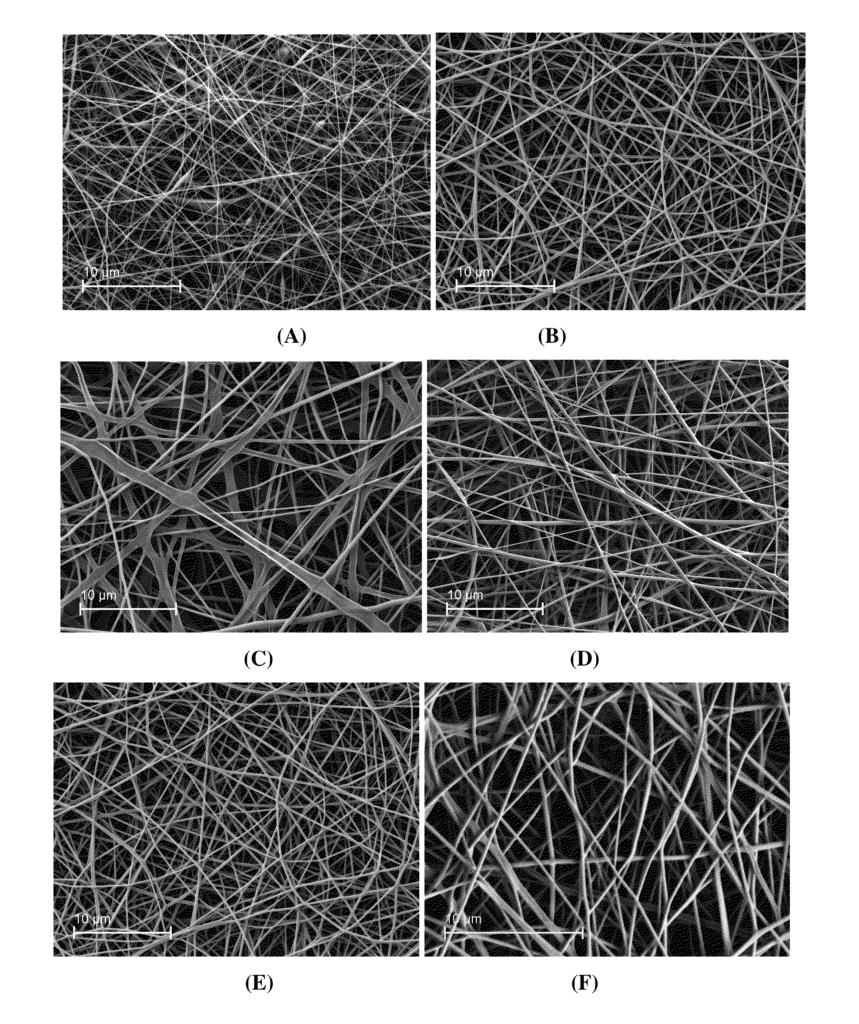Sustainable Carbon Nano-Fibers
Introduction
In an era where sustainability meets cutting-edge material science, the ability to produce high-performance carbonaceous nano-fibrous materials from renewable sources is a game-changing innovation. Our patented process for producing carbon nano-fibers from Kraft lignin offers a solution that combines environmental responsibility with exceptional material performance. With ultra-high specific surface areas, these carbon nano-fibers open up possibilities across multiple industries, including energy storage, filtration, and advanced manufacturing.
Current Barriers in Carbon Material Production
Carbon nano-fibers are known for their impressive mechanical, thermal, and electrical properties, making them highly desirable for use in a wide range of applications, from electronics to energy storage. However, the production of these materials often relies on non-renewable resources like petroleum, leading to environmental concerns and higher costs. Additionally, conventional processes for producing nano-fibers are often complex, expensive, and inefficient, limiting their scalability and commercial viability.
The growing demand for sustainable materials, coupled with the need for more efficient, cost-effective manufacturing processes, presents a significant challenge for industries that depend on high-performance carbon materials.
Why Choose Sustainable Carbon Nano-Fibers?
Our patented method offers a transformative approach to producing carbon nano-fibers using alkali (Kraft) lignin, a renewable byproduct from the paper industry. This process not only provides a sustainable alternative to traditional carbon sources but also yields materials with ultra-high specific surface areas, making them ideal for high-performance applications like energy storage, filtration, and advanced composites.
The use of lignin in the production of carbon nano-fibers significantly reduces the reliance on non-renewable resources and lowers production costs, making it an eco-friendly and commercially viable solution. The resulting nano-fibrous materials exhibit superior mechanical strength, electrical conductivity, and thermal stability, positioning them as a superior choice for a variety of industrial uses.
Key Benefits
- Sustainable Production: Utilizes renewable lignin, reducing the environmental footprint of carbon material production.
- Ultra-High Surface Area: Offers exceptional performance in energy storage devices, filters, and other applications.
- Cost-Effective: Lowers production costs compared to traditional carbon nano-fiber manufacturing methods.
- Versatile Applications: Suitable for use in batteries, capacitors, filtration systems, and advanced composites.
Drive Innovation with Sustainable Carbon Nano-Fibers
Licensing this sustainable carbon nano-fiber technology provides companies in energy storage, advanced materials, and environmental engineering with a powerful tool for creating high-performance, eco-friendly products. With its superior material properties and sustainable production process, this innovation offers a clear path forward for industries committed to both performance and sustainability.

- Abstract
- Claims
What is claimed is:
1. A method for the manufacture of carbon nanofibers comprising:
13. A method for preparing carbon nanofibers comprising:
17. The method of claim 16, wherein said nanofibers
18. A method for preparing carbon nanofibers comprising
Share
Title
Production of carbonaceous nano-fibrous materials with ultra-high specific surface area from alkali (Kraft) lignin
Inventor(s)
Lifeng Zhang, Ajit Kelkar, Hao Fong, Chuilin Lai
Assignee(s)
North Carolina A&T State University, South Dakota School of Mines and Technology
Patent #
9190222
Patent Date
November 17, 2015
